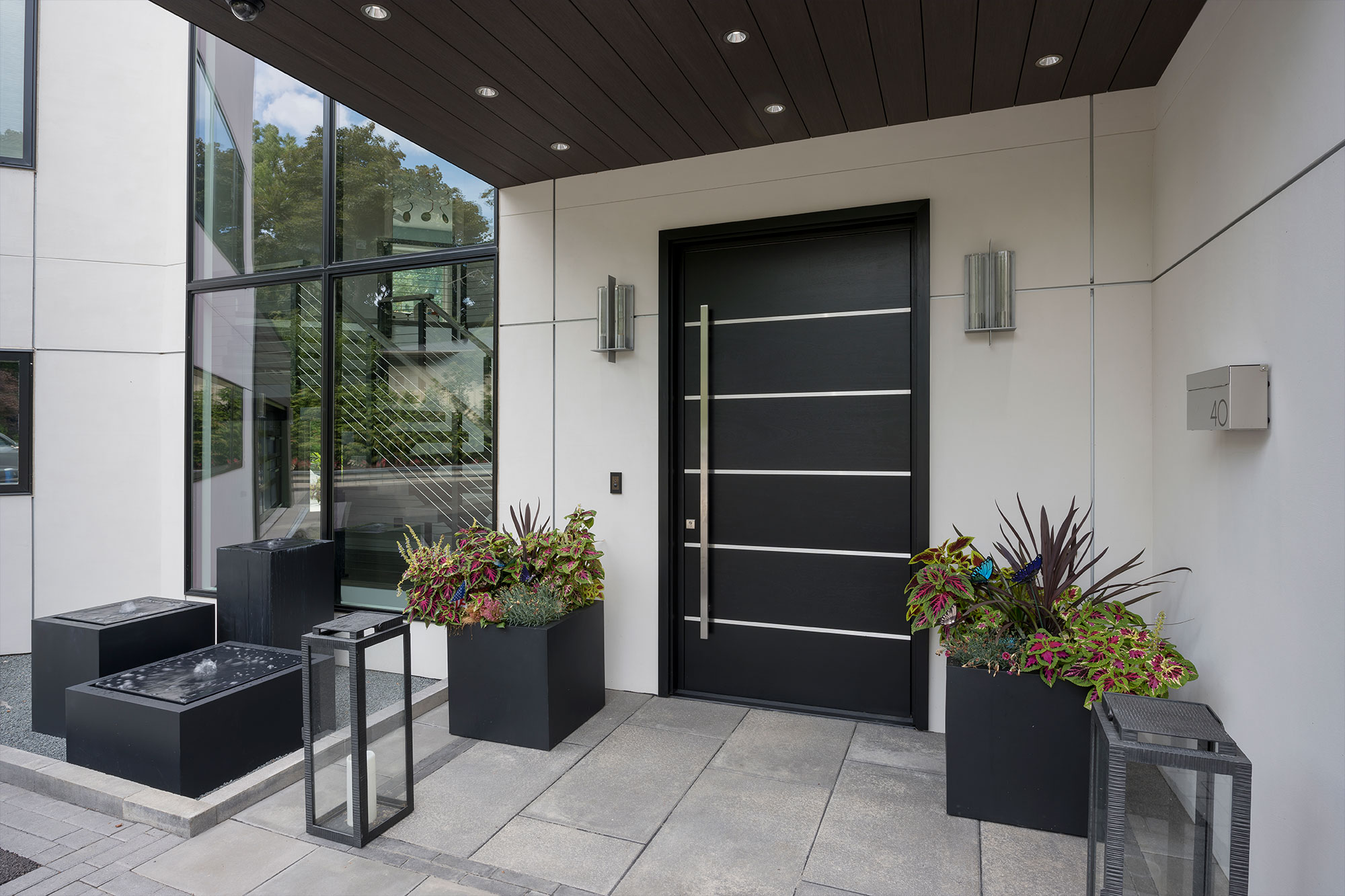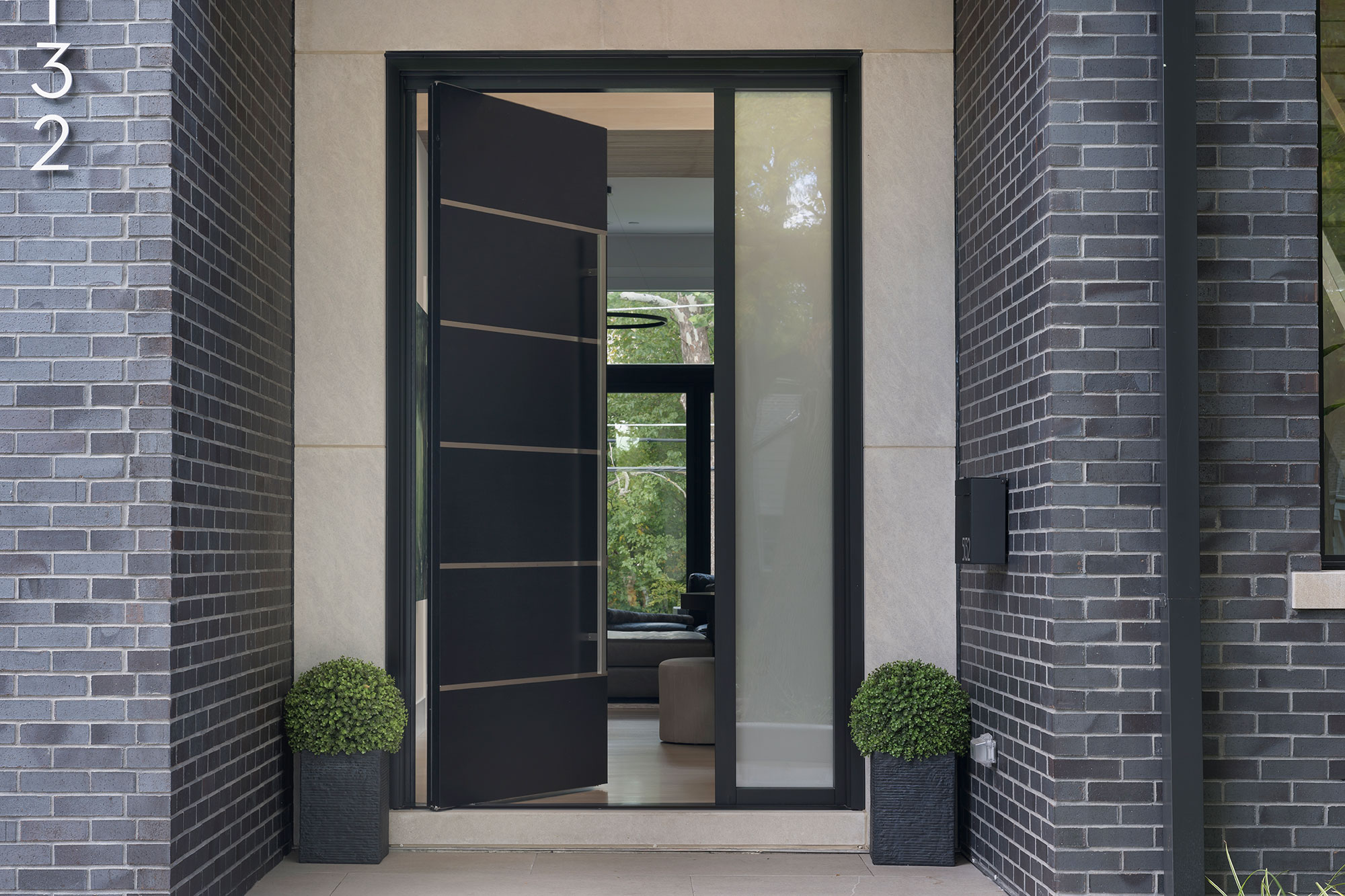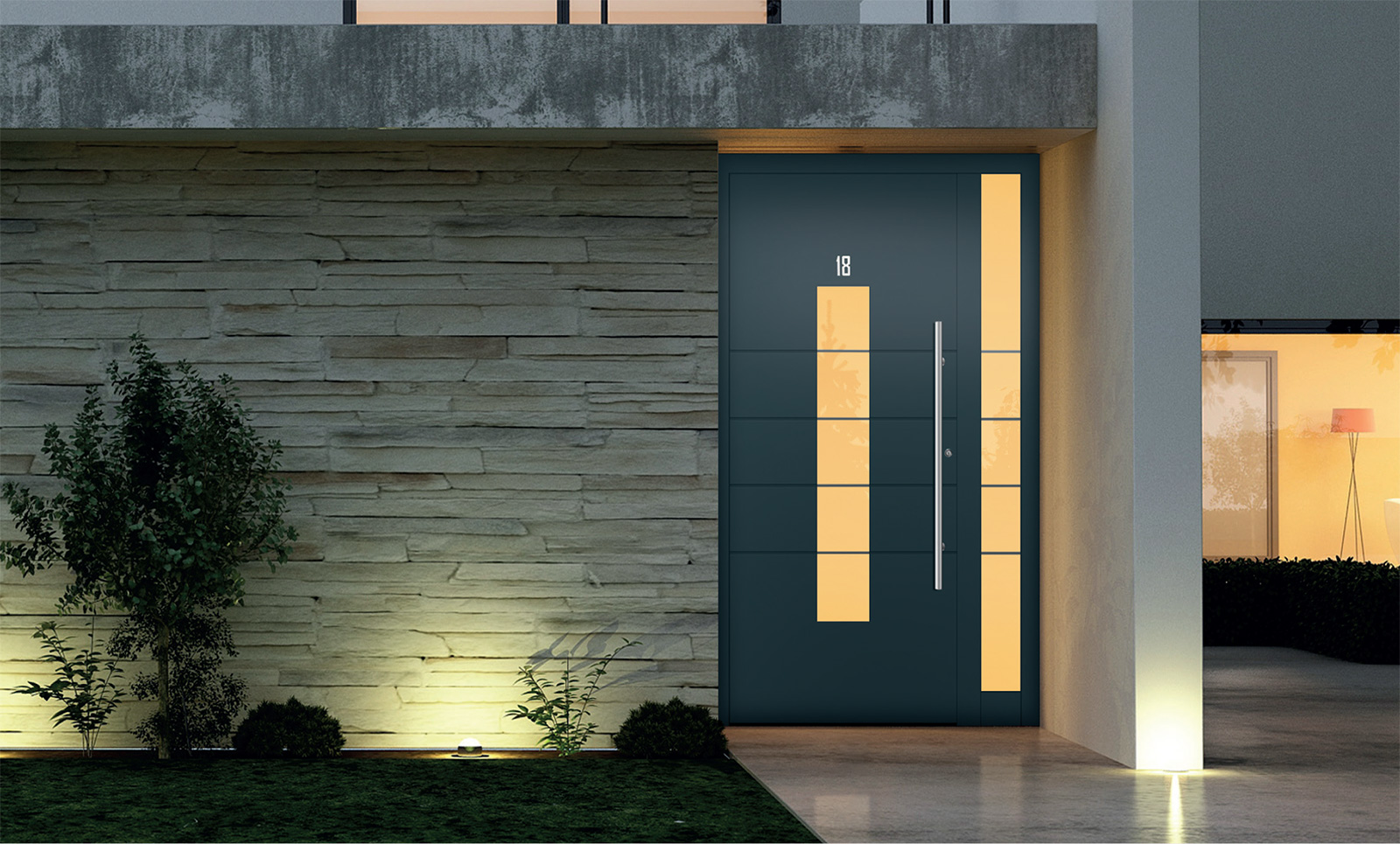What is the standard size for an exterior house door?
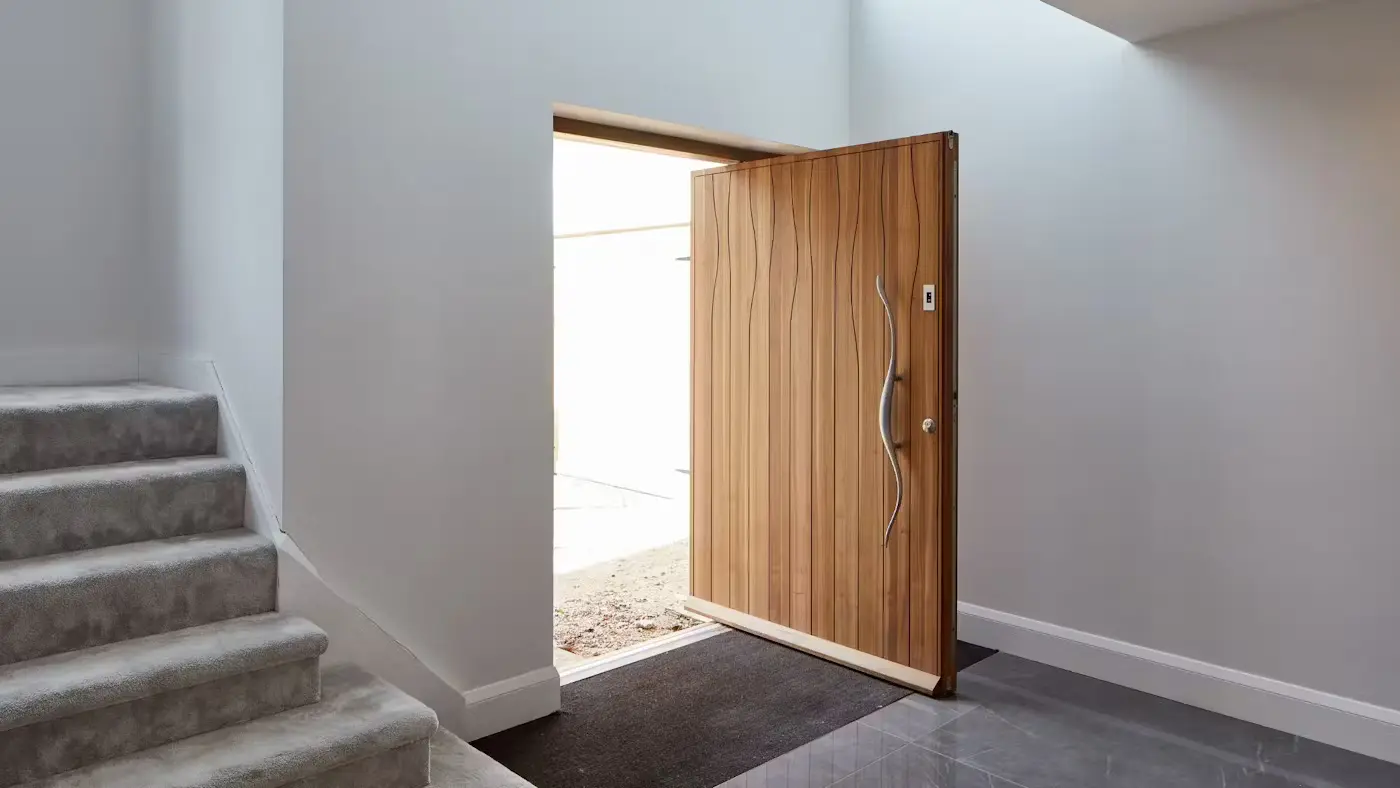
Introduction to Exterior House Doors
When it comes to your home, the exterior door is more than just an entryway. It’s the first thing people see, and it plays a big part in setting the tone for your entire home. Exterior doors are not only functional but also offer an opportunity to express style and improve security. From the size to the design, choosing the right exterior door can make a huge difference in your home’s overall appeal and protection.
Why Door Size Matters for Your Home’s Exterior?
The size of your exterior door is crucial for several reasons. First and foremost, it affects how well your door fits into the overall design of your home. A door that’s too small can make your entryway look unbalanced, while a door that’s too large can overpower the rest of the facade. The right size ensures your home looks proportionate and welcoming.
Additionally, the size of your exterior door has a direct impact on energy efficiency. If the door doesn’t fit properly, air can leak through, making your home harder to heat or cool. A well-sized door, installed correctly, helps maintain a comfortable temperature inside. This can lead to savings on energy bills, especially during extreme weather.
Beyond the physical space, the size also plays a role in the function of the door. If you need to move large items in and out of your home, a wider door could make the process much easier. So, the door size you choose should not only enhance your home’s aesthetic but also fit your lifestyle needs.
The Role of an Exterior Door in Home Security and Aesthetics
Exterior doors are essential for home security. A solid, well-built door acts as a barrier against potential intruders. When choosing the right door, it’s important to consider materials that provide strength and durability. Steel, fiberglass, and solid wood are popular options known for their security features. The size of the door also plays a key role here—larger doors with sturdy frames offer better protection.
The door locks and hardware you choose also contribute to the overall security, but the size of the door frame matters too. A larger frame can accommodate more robust locking mechanisms, making it harder for burglars to break in.
Aesthetically, the exterior door is often the focal point of your home’s front entrance. It sets the tone for the rest of your property. A stylish, well-sized exterior door can dramatically improve the curb appeal of your house. Whether you go for a traditional wooden door, a modern steel door, or elegant French doors, the size and design you select should reflect your personal style. Larger doors, for example, create a grand entrance, while smaller, more minimalist doors can give your home a sleek, modern look.
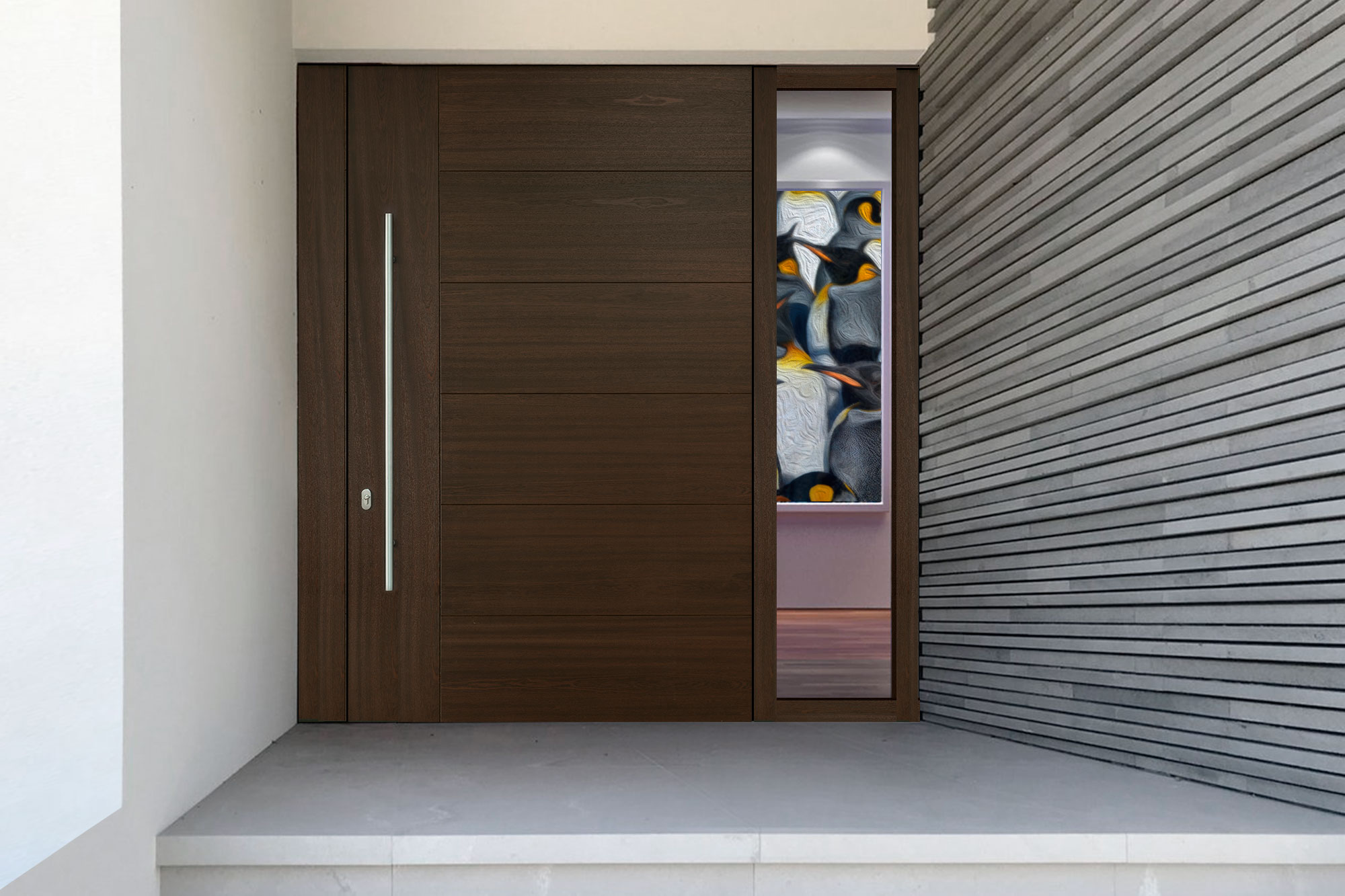
Standard Exterior Door Sizes
When selecting an exterior door for your home, size matters a lot. Exterior doors come in several standard sizes, each designed to fit the needs of different homes and their designs. Knowing these standard sizes can help you choose the right door for your home, making sure it fits perfectly while meeting your aesthetic and functional requirements.
Common Standard Sizes for Exterior Doors
The most common size for an exterior door in North America is 36 inches by 80 inches. This is considered the “standard” door size, fitting well with most homes. A 36-inch door provides plenty of space for movement and can accommodate most door hardware, such as locks and handles, without any issues.
This size door works well for both single entry doors and doors leading to patios or other outdoor spaces. It strikes the right balance between functionality and style, offering a wide enough entry while still being easy to install. If you’re replacing an existing door or installing a new one, this size will likely be the best option for you.
Are There Other Common Sizes?
While 36 inches by 80 inches is the most common, there are other exterior door sizes you might come across. Here are some other popular standard dimensions:
- 32 inches by 80 inches: This is another widely used size for exterior doors, especially in homes where space is limited or where a smaller entry is desired. A 32-inch door is slightly more compact than a 36-inch door, making it perfect for narrower spaces or smaller homes.
- 30 inches by 80 inches: This is typically used in more compact or budget-friendly homes. It’s ideal for smaller entryways, though it might not be the best choice if you need to move large items in and out.
- 48 inches by 80 inches: If you’re looking for a grander entrance, you might consider a 48-inch wide door. This size is often used for double doors, offering a wider, more open look that enhances the entrance area. It can create a striking focal point, especially in modern homes.
- Other Custom Sizes: Some homes may require even more specific sizes, particularly in older homes or custom-built houses. Doors can also be taller than the standard 80 inches, especially for homes with high ceilings.
How Door Sizes Vary by Region and Home Style
The size of an exterior door can vary significantly depending on where you live and the style of your home. In older homes, you may find smaller, narrower doors, such as 30 inches or 32 inches wide. These doors were often built when entryways were smaller and homes were more compact.
In newer homes, especially those built in modern or contemporary styles, larger doors are often chosen. A 36-inch door is typical for new construction because it matches the larger, more open spaces that modern designs usually feature.
In certain regions, door sizes may vary as well. For example, in some coastal areas, like Florida, you might see larger, sturdier doors, especially those designed to withstand hurricanes and other extreme weather. These doors are usually built with additional strength and may be wider or thicker than the standard sizes.
The style of your home also plays a role in door size. Traditional homes feature smaller, more modest exterior doors, while modern homes often boast large, bold entry doors that make a statement. Colonial-style homes may have a more classic look with single or double doors, while a mid-century modern home may opt for sleek, oversized doors with clean lines.
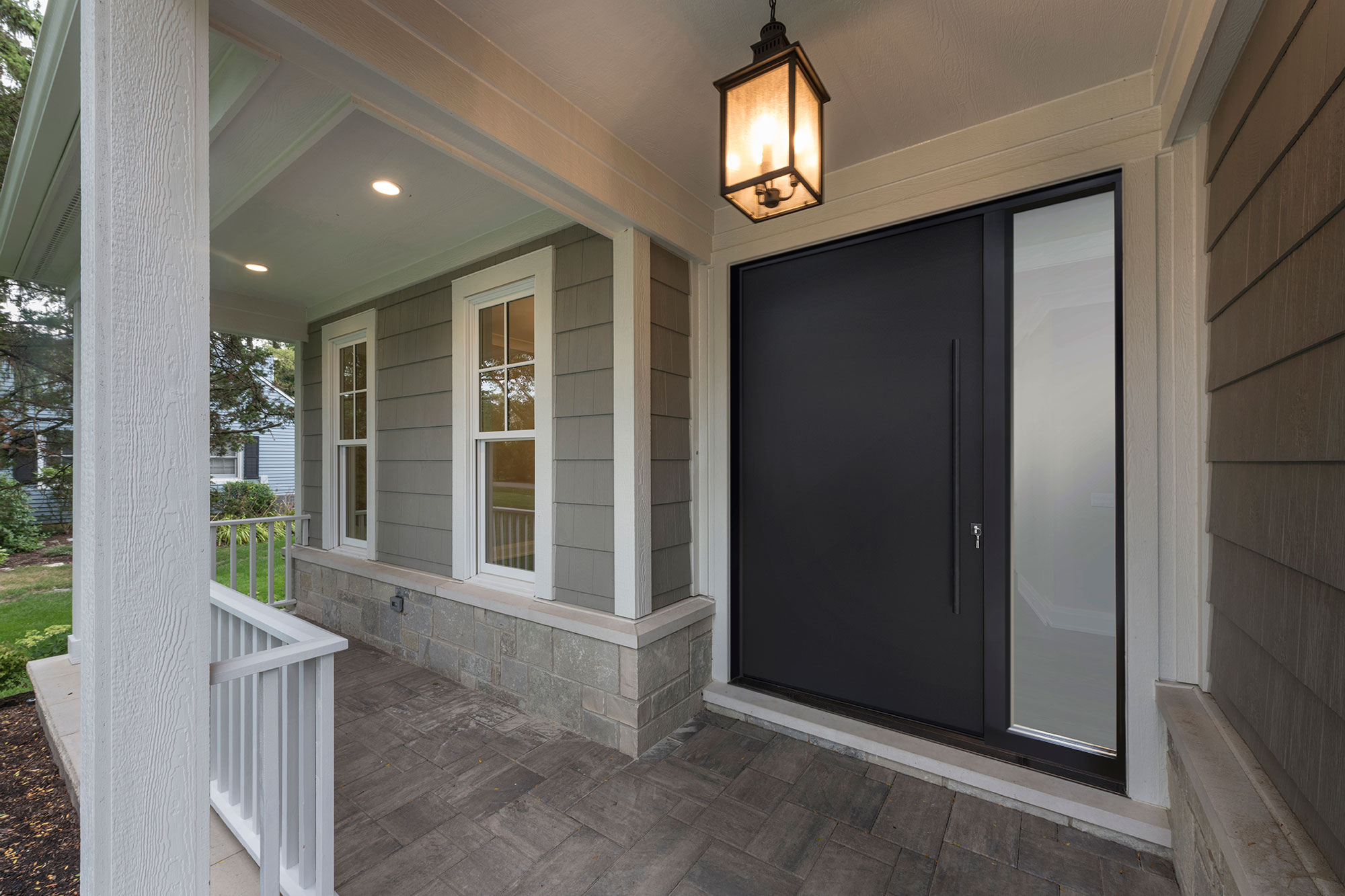
Custom Exterior Doors
While standard exterior doors are a great option for most homes, some homeowners may require a more personalized touch. Custom exterior doors offer flexibility in design, size, and materials, allowing you to create an entrance that perfectly complements your home. Whether you want a larger door, a unique design, or specific features, custom doors can be the perfect solution to enhance your home’s entrance.
What is a Custom Door Size?
A custom door size is any door that is made to fit a space that is not the standard size, or one that is tailored to the homeowner’s specific requirements. Unlike standard exterior doors, which typically come in set measurements like 36 inches by 80 inches, custom doors can be made to any dimensions needed.
For example, if you live in a historic home with non-standard door frames or you’ve designed a custom entryway with extra tall ceilings, a custom-sized door will be the perfect fit. Custom doors can also be made wider, taller, or even thicker, depending on your needs and preferences.
In addition to size, custom exterior doors can also include unique features such as intricate glass panels, different materials, or specialized hardware. This flexibility ensures that your door complements the style and function of your home while providing the security and durability you need.
How Custom Doors Can Enhance Your Home’s Curb Appeal?
Your exterior door plays a huge role in the overall look and feel of your home. It is often the focal point of the front entrance, so choosing a custom exterior door allows you to express your personal style and make a lasting first impression.
A custom door can be designed to match your home’s architecture perfectly. For example, a modern exterior door might feature clean lines and large glass panels, while a traditional wooden door might include elegant carvings and classic hardware. By choosing a door that aligns with your home’s style, you elevate its curb appeal and create a more welcoming atmosphere.
Additionally, custom doors can help you stand out from your neighbors. With a wide range of materials, colors, and finishes available, a custom door allows you to showcase your personality and set your home apart from others in your neighborhood.
Not only will a custom door improve the look of your home, but it can also increase its value. Homes with high-quality, custom-designed exterior doors tend to attract more attention from potential buyers, and they often see a higher return on investment when it comes time to sell.
When You Should Choose a Custom Exterior Door
Choosing a custom exterior door is a big decision, and it’s important to know when it’s the right choice for your home. Here are some scenarios where opting for a custom door might be the best option:
1. Unique Home Design or Architecture:
If your home has a unique design or non-standard dimensions, a custom door ensures a perfect fit. Older homes, homes with high ceilings, or homes with unusual framing may not accommodate standard-sized doors, making custom doors a great solution.
2. Special Functionality Needs:
If you need a door with special features, such as enhanced security, insulation, or weather resistance, a custom door can be tailored to meet these needs. Custom doors can also be made with specific materials, such as steel for maximum security or fiberglass for better insulation.
3. Personalization and Style:
If you want to add a touch of personal style to your home, a custom door allows you to choose every detail, from the color and texture to the design and hardware. This is ideal for homeowners who want their door to stand out or reflect their personality.
4. Replacing an Existing Door:
If you’re replacing an old door and the standard sizes no longer work, a custom exterior door is often the best solution. It ensures the new door fits seamlessly with the existing frame while giving you the opportunity to upgrade the design.
5. Durability and Energy Efficiency:
If you live in an area with extreme weather conditions, custom doors can be built with materials that provide better protection against the elements. For example, a storm door can be custom-made to protect against harsh weather, while a high-efficiency exterior door can improve your home’s energy performance.

Other Factors Affecting Exterior Door Size
When selecting an exterior door, size isn’t the only thing to consider. Several other factors can influence the right door choice for your home. From door thickness to climate considerations and accessibility needs, these factors play an important role in making sure your exterior door meets both practical and aesthetic requirements.
Door Thickness and its Importance
The thickness of your exterior door might not be something you think about often, but it plays a big role in the overall durability, insulation, and security of your home. A thicker door generally provides better protection and insulation compared to thinner doors.
Standard exterior doors usually have a thickness of around 1 3/8 inches, but some high-end doors or specialized doors can be up to 2 inches thick. Thicker doors offer better resistance to forced entry, which is particularly important for security. They also provide better insulation, helping to regulate the temperature inside your home. This can lead to energy savings, especially during extreme weather conditions.
For example, fiberglass exterior doors are available in thicker options and are known for their energy efficiency. If you live in an area with extreme temperatures, choosing a thicker door can help maintain a comfortable indoor environment while reducing heating or cooling costs.
Additionally, the thickness of your door will affect the size of the frame and how much space it takes up in your entryway. Make sure to consider the door frame depth when replacing or installing a thicker door to ensure a proper fit.
How Climate Affects Exterior Door Size?
Climate can have a significant impact on the type and size of exterior doors you choose for your home. Extreme temperatures, humidity, or even high winds can affect the materials of the door and its ability to function properly.
1. Cold Climates:
In colder regions, your exterior door needs to be designed for insulation. A well-insulated door helps keep the warmth in and the cold out, preventing heat loss. In these areas, thicker doors, particularly solid wood or fiberglass doors, are commonly used. The size of the door should also ensure it can effectively seal around the edges to minimize drafts.
2. Hot and Humid Climates:
In warmer or more humid climates, exterior doors are often made from materials like fiberglass or composite that resist warping and expanding due to moisture. These materials perform better than wood doors, which can swell or shrink depending on the weather. You might also choose doors with larger glass panels to let in more natural light and improve airflow.
3. Coastal Areas:
If you live near the coast, saltwater and humidity can be particularly damaging to certain materials, especially wood. In these regions, it’s important to choose an exterior door that can withstand the harsh conditions. Fiberglass or steel exterior doors with protective coatings are often the best choice in coastal climates.
4. Wind and Storm-Prone Areas:
If your area is prone to hurricanes or strong winds, the size of the door frame and the strength of the door itself are crucial. You may need to install impact-resistant doors that can withstand high wind speeds. These doors are often thicker, made from reinforced materials, and may require custom sizing to fit securely into a storm-resistant frame.

Common Exterior Door Types and Sizes
When selecting an exterior door, there are several types to choose from, each with its own unique features and benefits. Understanding the different exterior door types and their common sizes will help you make an informed decision that fits both your needs and your home’s aesthetic. Below are the most popular options for exterior doors.
Single Exterior Doors
Single exterior doors are the most common type of door for homes. As the name suggests, this type consists of a single door panel that swings open on hinges. They are often used as the main entry door for houses, apartments, or smaller buildings.
The typical size for a single exterior door is 36 inches wide by 80 inches tall. This size works well for most standard door frames and provides easy access to and from the home. However, single doors can also come in other widths, like 32 inches or 30 inches, depending on the needs of the homeowner.
Single exterior doors come in a variety of materials, including wood, steel, and fiberglass. Wooden exterior doors offer a classic look, while steel doors provide added security and insulation. Fiberglass doors are a great choice for energy efficiency and durability, especially in areas with extreme weather conditions.
A single exterior door is a simple and effective choice for most homes. It is easy to install, fits a standard door frame, and offers versatility in design, from basic entry doors to more decorative styles with glass inserts, panels, or sidelights.
Double Exterior Doors
Double exterior doors, also known as French doors or double entry doors, are a stylish and elegant option for homes with a more expansive entryway. As the name implies, these doors consist of two panels that open outward, creating a wider, more open entrance.
Typically, double exterior doors are 48 inches wide by 80 inches tall, though they can vary depending on the design. Some double doors may be 60 inches or even 72 inches wide, offering a grander entrance.
These doors are often used in larger homes or in areas where you want to create a dramatic effect, like leading to a patio, garden, or outdoor living area. Double doors are also great for homes that need extra space to move large items in and out, such as furniture or appliances.
French doors, which are a specific type of double exterior door, are known for their elegant design and the large glass panels that allow plenty of natural light into the home. Whether you’re looking for a traditional or more modern look, double exterior doors can provide a beautiful focal point for your home.
Double exterior doors are often made from wood, fiberglass, or steel, just like single doors, but can also incorporate glass for additional style and light. When selecting double doors, ensure that the door frame is sturdy enough to support the weight of both panels and that the hardware is designed for a larger opening.
Sliding Glass Doors and French Doors
Sliding glass doors and French doors are both popular choices for homeowners looking to create an elegant transition between the interior and exterior of their home. While both offer large glass panels, they operate differently and are often used for different purposes.
Sliding Glass Doors:
These doors are ideal for homes with limited space, as they don’t require extra clearance for the door to swing open. Sliding glass doors move horizontally along a track, making them a great choice for areas like patios, balconies, or as a space-saving option in smaller rooms.
A standard sliding glass door is typically 72 inches by 80 inches, though they can be found in various sizes. They are often made of aluminum or vinyl frames with large glass panels to allow plenty of natural light to flow into the room. Sliding glass doors are available in different styles, including one-panel or two-panel designs. Two-panel sliding doors are common, but larger configurations with three or four panels are also available for wider openings.
Sliding glass doors are perfect for creating a seamless indoor-outdoor living space, offering unobstructed views of your yard, garden, or patio. They are popular in modern homes but can be customized to fit traditional or contemporary designs.
French Doors:
As mentioned earlier, French doors are a classic choice for homeowners looking for elegance and charm. These doors typically feature two hinged panels that swing open, allowing full access to the outside. They are commonly used in living rooms, dining areas, or bedrooms that open up to a balcony or patio.
The standard size for French doors is similar to that of double doors, typically around 36 inches by 80 inches per panel. However, custom sizes are available for homeowners who want larger or smaller doors. French doors can be made from wood, fiberglass, or steel, with options for full glass panels or partial glass inserts, providing a range of design options to suit various home styles.
In addition to their aesthetic appeal, French doors offer excellent ventilation and natural light, especially when paired with blinds or shutters for privacy. While they can be more expensive than other types of exterior doors, their beauty and functionality make them a worthwhile investment for many homeowners.
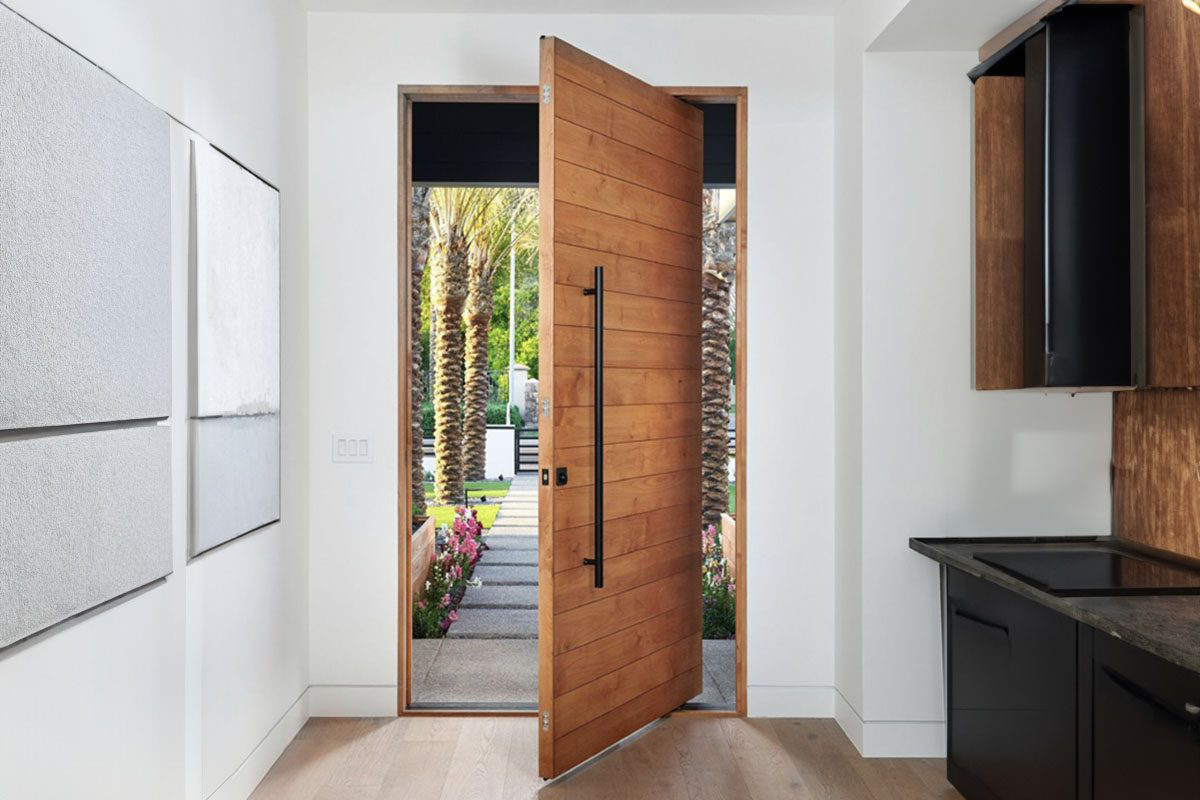
How to Choose the Right Exterior Door Size for Your Home?
Choosing the right exterior door size for your home is crucial to achieving a well-balanced, secure, and visually appealing entrance. Whether you’re building a new home, renovating an existing one, or replacing an old door, getting the size right ensures that your new door fits seamlessly into your home. Let’s explore some key factors to consider when selecting the ideal exterior door size.
Matching Your Door Size to Your Home’s Architecture
Your exterior door should complement your home’s architectural style, creating harmony between the door and the surrounding elements. When choosing the right door size, it’s essential to consider the proportions of your home. For instance, a small cottage-style home may benefit from a more modest single exterior door (like a 32-inch wide by 80-inch tall door), while a large colonial-style home might look best with grand double doors or even a custom-sized entrance.
Consider the door’s height as well. Homes with high ceilings or vaulted entryways often call for taller doors to enhance the sense of grandeur. Standard height doors are typically 80 inches tall, but homes with higher ceilings may require doors that are 84 inches or even 96 inches tall. A taller door can make a significant visual impact, drawing the eye upward and emphasizing the scale of the space.
Moreover, think about the materials and design elements that best match your home. For example, a modern exterior door with clean lines and large glass panels will complement contemporary homes, while traditional wooden doors with decorative panels or glass inserts might suit older homes. Whatever style you choose, make sure the door size enhances your home’s overall aesthetic.
Things to Consider When Replacing an Old Door
If you’re replacing an old exterior door, there are a few key considerations to ensure the new door fits well and meets your needs. First, measure the existing door and frame carefully to understand the size you need. Over time, the door frame may have settled or shifted, so it’s important to check the door opening for any potential irregularities. If the frame is out of alignment, you might need a custom-sized door or a frame adjustment.
Also, consider the condition of the door frame. If it’s old, rotting, or damaged, you may need to replace it along with the door. A new door will only be as secure and functional as the frame it fits into. Sometimes, it’s worth opting for a frame replacement to ensure your new exterior door operates smoothly and provides optimal security and insulation.
Another consideration is the weatherproofing of your existing door. If your old door has been letting in drafts, it’s time to think about upgrading to a more energy-efficient door. Modern fiberglass or steel doors with insulated cores provide better thermal performance, helping to keep your home comfortable and lower your energy bills.
Finally, check the hardware. If you’re upgrading your door, you might want to consider new locks, handles, and security features to complement the modern look and functionality of your new exterior door.
Should You Go for Standard or Custom?
When choosing between a standard or custom exterior door, the decision largely depends on the unique needs of your home.
Standard Doors:
Standard exterior doors are the most common and easiest option. They come in widely available sizes like 36 inches by 80 inches and are designed to fit most homes. They are a great choice if your home has a typical door frame that is in good condition and doesn’t require specialized dimensions. Standard doors are also generally more affordable, with many options available in wood, fiberglass, and steel.
The benefit of choosing a standard door is convenience. You can easily find them at most home improvement stores, and they’re available in various materials and designs. Plus, installation is usually quicker and less expensive compared to custom doors.
Custom Doors:
If your home has unique features, a non-standard door frame, or specific design needs, a custom exterior door might be the better option. Custom doors allow you to choose the exact dimensions, materials, and design that will fit your home’s architecture perfectly. This is ideal if you have a historic home, an unusual entryway, or you want to create a unique, personalized entrance.
Custom doors also offer the flexibility to accommodate larger openings or more specific functionality needs, such as extra height or width for easier movement of furniture and large items. They can also be designed to meet energy efficiency standards, improving insulation and comfort in your home.

Relate FAQ
What is the typical width of a standard exterior door?
The typical width for a standard exterior door is 36 inches. However, sizes can vary, with 32 inches being another common option, especially for smaller homes or specific design needs. Always check the door frame dimensions before selecting the size.
What is the standard height for an exterior door?
The standard height for an exterior door is typically 80 inches (6 feet 8 inches). However, taller doors are available for homes with higher ceilings, and you can find 96-inch doors as well. Custom doors can be made to fit any height requirement.
Are exterior doors available in custom sizes?
Yes, exterior doors are available in custom sizes. While standard sizes are widely available, many homeowners opt for custom doors to fit unique architectural designs or specific needs. Custom sizing ensures a perfect fit and enhances the curb appeal of your home.
Can I replace my exterior door with a different size?
Yes, you can replace an exterior door with a different size, but you may need to modify the door frame. If you're upgrading to a larger or smaller door, it’s essential to consult a professional to ensure proper installation and insulation.
How do I choose the right exterior door size for my home?
When choosing the right exterior door size, consider the architectural style of your home, the overall dimensions of the entryway, and any specific functionality needs, such as wheelchair access. Standard sizes are common, but custom doors can provide a more tailored look and feel.
